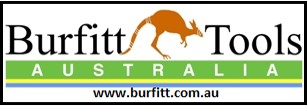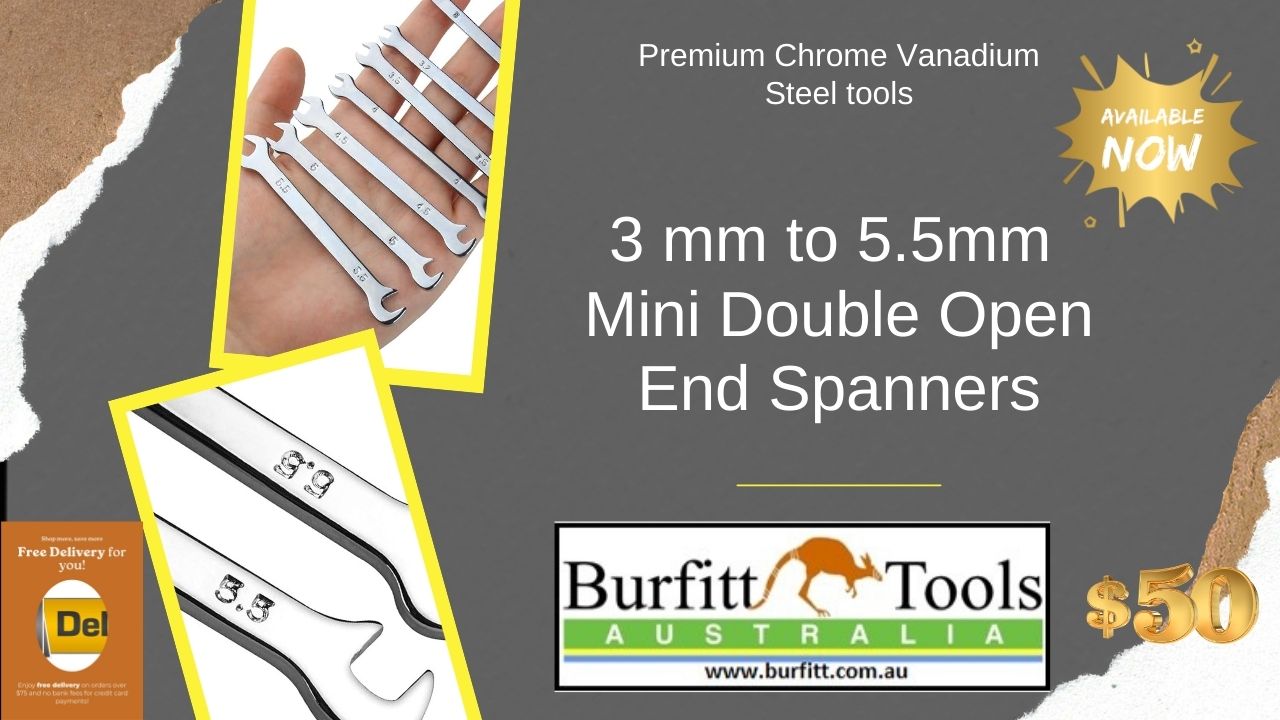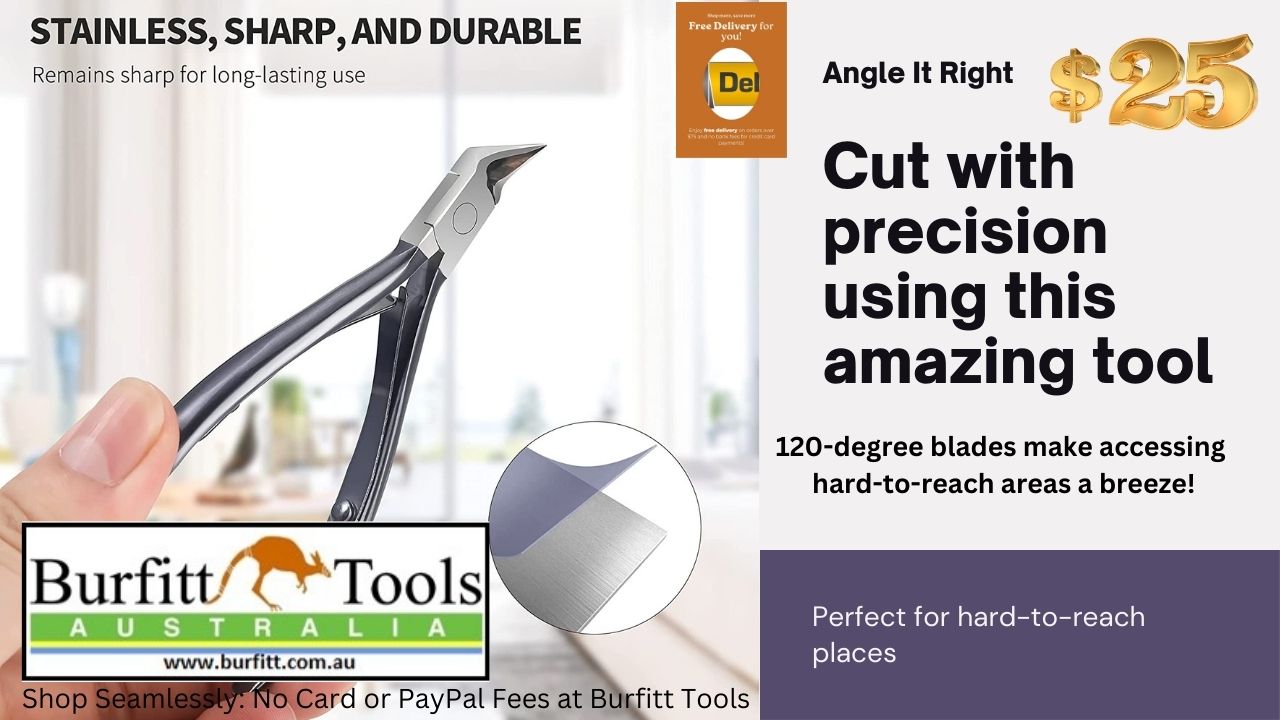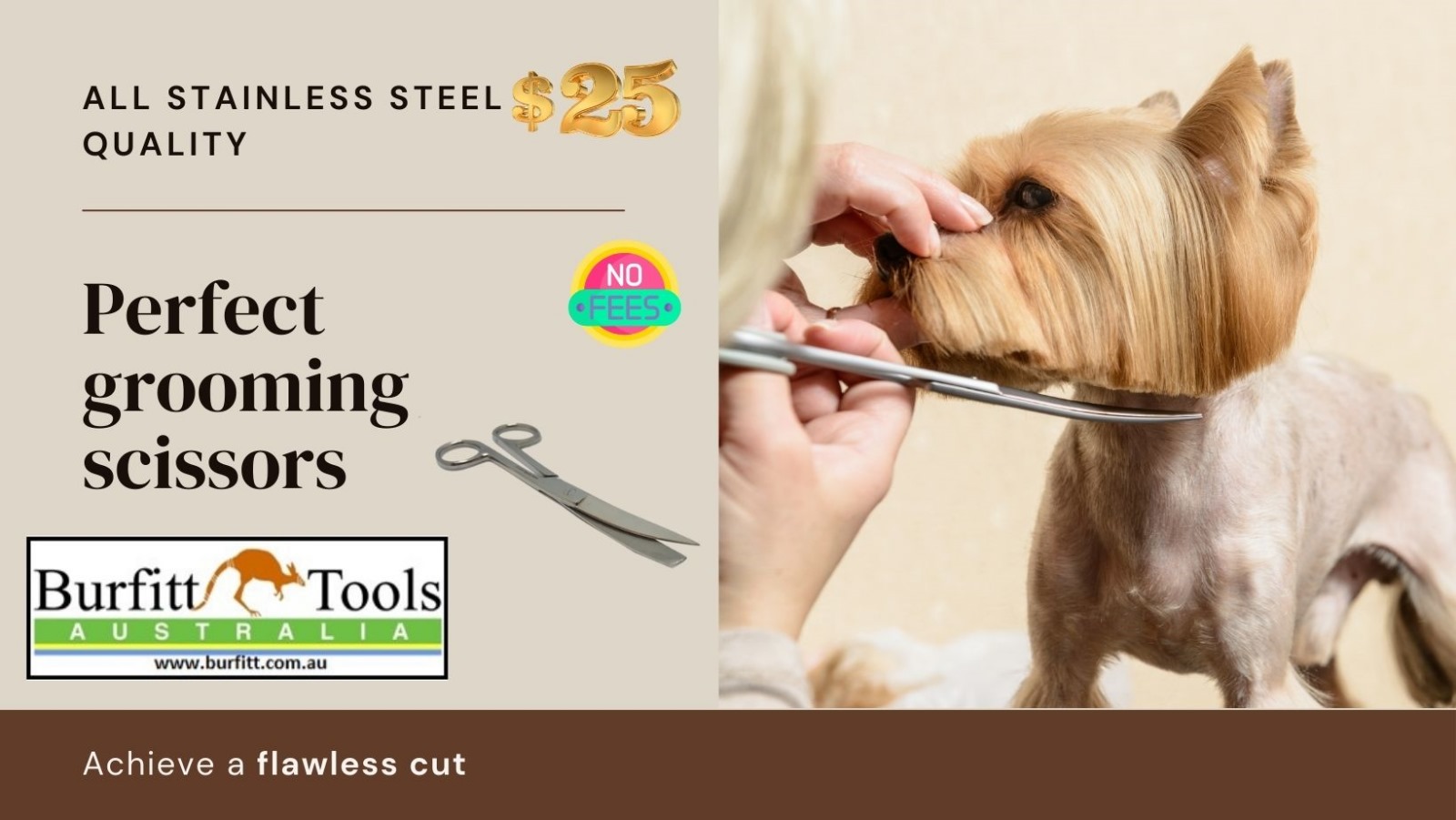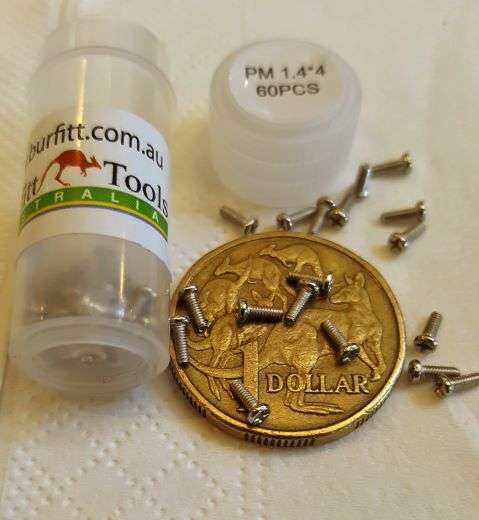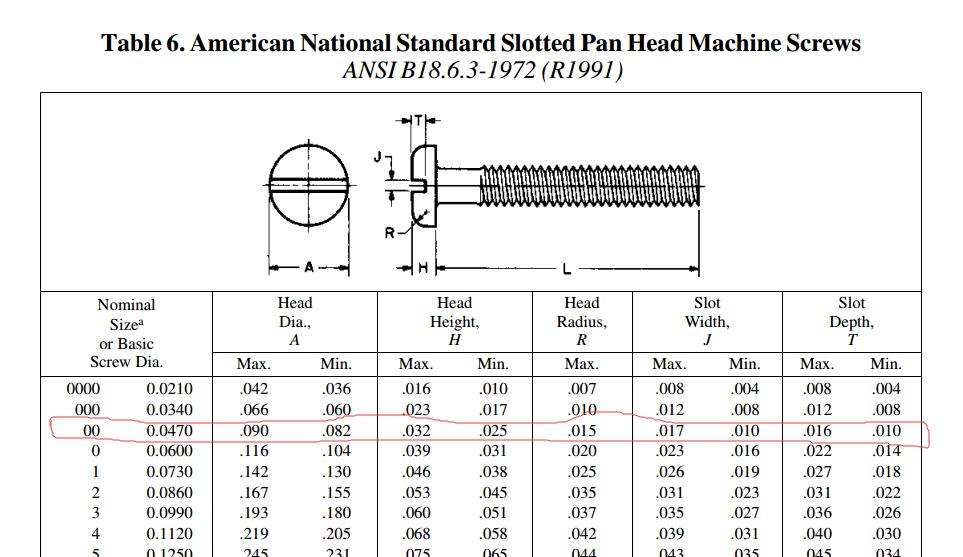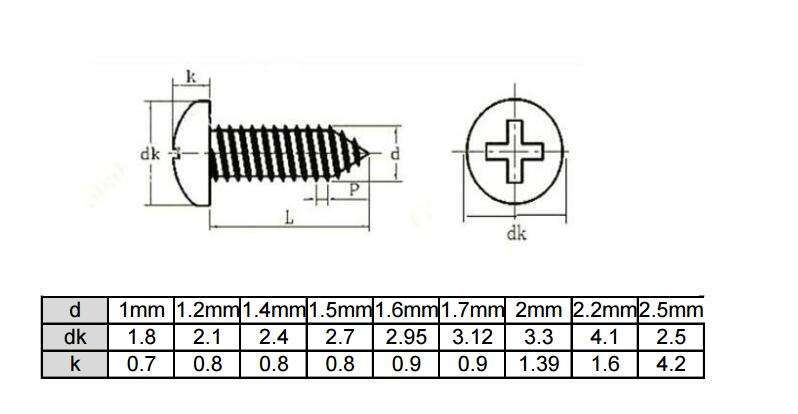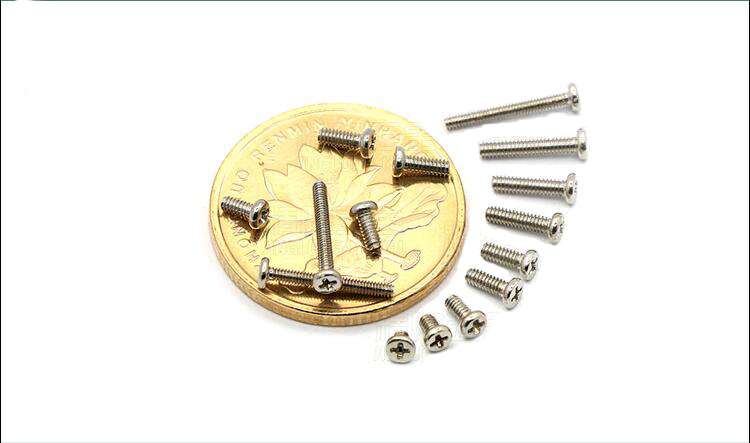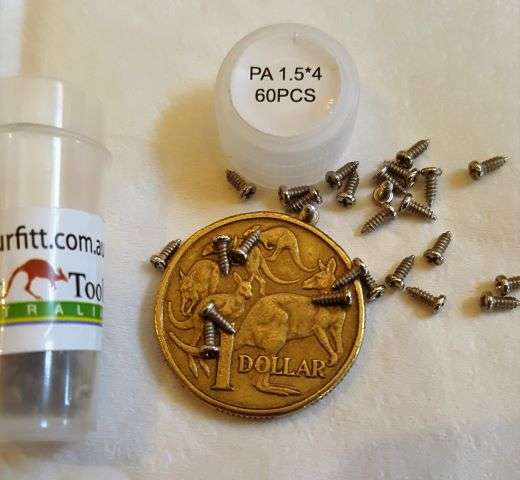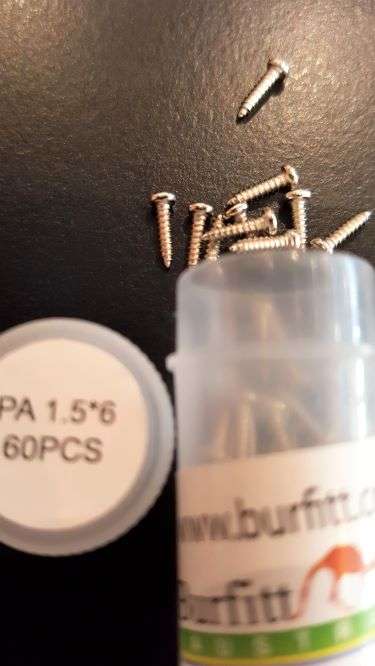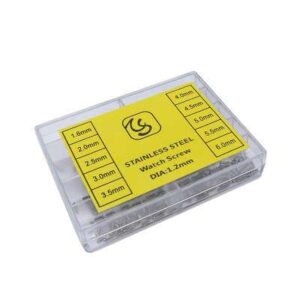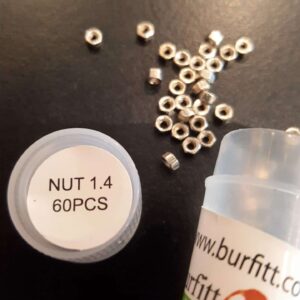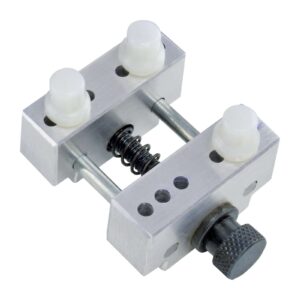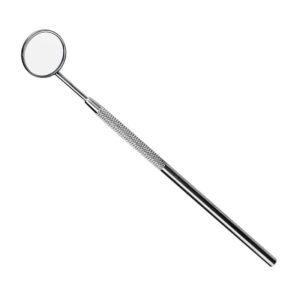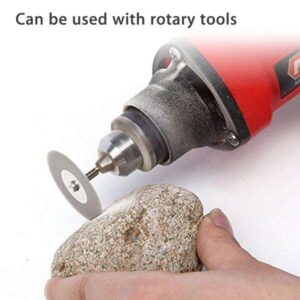Manually threading sheet metal screws can be an exhausting process. the best ever in Australia
Threading sheet metal screws by hand can be a very tedious and time-consuming process. It is not uncommon for the thread to break and for the screw to get stuck, or even for it to split in two. The labour-intensive and tedious process is something that deserves a better solution and that’s where the automated screw threading machine comes in.
these screws are pre-threaded and work with a wide range of materials. BOLTS is available in different lengths and diameters, to suit your needs. They’re also available with self-tapping or self-drilling points.
Sheet metal screws are an essential fastener for working with thinner metal, with fibreglass, wood, or plastic. These threaded screws are available with a
- Made from stainless steel for superior corrosion resistance
- Use with a Phillips drive
- Includes 60 sheet metal screws to complete your project
- Self Tapping
- Reusable packaging
- Highly versatile
check out this valuable item for your workshop Mini Saw Frame with Aluminium Handle miniature saw frame
THE HISTORY OF THE BOLT
At first glance, a bolt may seem like a very simple item that holds things together. But dig a bit deeper and you’ll realise there’s more behind seemingly insignificant bolt and screws than first meets the eye. Without them, all our gadgets and machines would fall to pieces.
Bolts are one of the most common elements used in construction and machine design. They hold everything together – from screws in electric toothbrushes and door hinges to massive bolts that secure concrete pillars in buildings. Yet, have you ever stopped to wonder where they came from?

When was the first bolt made?
While the history of threads can be traced back to 400 BC, the most significant developments in the modern-day bolt and screw processes were made during the last 150 years. Experts differ as to the origins of the humble nut and bolt. In his article “Nuts and Bolts”, Frederick E. Graves argues that a threaded bolt and a matching nut serving as a fastener only dates back to the 15th century. He bases this conclusion on the first printed record of screws appearing in a book in the early 15th century.
However, Graves also acknowledges that even though the threaded bolt dates back to the 15th century, the unthreaded bolt goes back to Roman times when it was used for “barring doors, as pivots for opening and closing doors and as wedge bolts: a bar or a rod with a slot in which a wedge was inserted so that the bolt could not be moved.” He also implies that the Romans developed the first screw, which was made out of bronze, or even silver. The threads were filed by hand or consisted of a wire wound around a rod and soldered on.
According to bolt expert Bill Eccles’ research, the history of the screw thread goes back much further. Archimedes (287 BC–212 BC) developed the screw principle and used it to construct devices to raise water. However, there are signs that the water screw may have originated in Egypt before the time of Archimedes. It was constructed from wood and was used to irrigate land and remove bilge water from ships. “But many consider that the screw thread was invented around 400 BC by [Greek philosopher] Archytas of Tarentum, who has often been called the founder of mechanics and considered a contemporary of Plato,” Eccles writes on his website.

What were bolts originally used for?
The history can be broken down into two parts: the threads themselves that date back to around 400 BC when they were used for items such as a spiral for lifting water, presses for grapes to make wine, and the fasteners themselves, which have been in use for around 400 years.
Moving forward to the 15th century, Johann Gutenberg used screws in the fastenings on his printing presses. The tendency to use screws gained momentum with their use being extended to items such as clocks and armour. According to Graves, Leonardo da Vinci’s notebooks from the late 15th and early 16th centuries include several designs for screw-cutting machines.
What the majority of researchers on this topic do agree on, though, is that it was the Industrial Revolution that sped up the development of the nut and bolt and put them firmly on the map as an important component in the engineering and construction world. more information on the history see this link
BOLTS 1.4 x 8 mm Phillips Pan Head Stainless Steel No. 1
Manually threading sheet metal screws can be an exhausting process.
Threading sheet metal screws by hand can be a very tedious and time-consuming process. It is not uncommon for the thread to break and for the screw to get stuck, or even for it to split in two. The labour-intensive and tedious process is something that deserves a better solution and that’s where the automated screw threading machine comes in.
these screws are pre-threaded and work with a wide range of materials. BOLTS is available in different lengths and diameters, to suit your needs. They’re also available with self-tapping or self-drilling points.
BOLTS 1.4 x 4 mm Phillips Pan Head Stainless Steel No. 1
Sheet metal screws are an essential fastener for working with thinner metal, with fibreglass, wood, or plastic. These threaded screws are available with a
- Made from stainless steel for superior corrosion resistance
- Use with a Phillips drive
- Includes 60 sheet metal screws to complete your project
- Self Tapping
- Reusable packaging
- Highly versatile
check out this valuable item for your workshop Mini Saw Frame with Aluminium Handle miniature saw frame
interesting video on how bolts are made
BOLTS 1.4 x 4 mm Phillips Pan Head Stainless Steel No. 1
THE HISTORY OF THE BOLT
At first glance, a bolt may seem like a very simple item that holds things together. But dig a bit deeper and you’ll realise there’s more behind seemingly insignificant bolt and screws than first meets the eye. Without them, all our gadgets and machines would fall to pieces.
Bolts are one of the most common elements used in construction and machine design. They hold everything together – from screws in electric toothbrushes and door hinges to massive bolts that secure concrete pillars in buildings. Yet, have you ever stopped to wonder where they came from?

When was the first bolt made?
While the history of threads can be traced back to 400 BC, the most significant developments in the modern-day bolt and screw processes were made during the last 150 years. Experts differ as to the origins of the humble nut and bolt. In his article “Nuts and Bolts”, Frederick E. Graves argues that a threaded bolt and a matching nut serving as a fastener only dates back to the 15th century. He bases this conclusion on the first printed record of screws appearing in a book in the early 15th century.
However, Graves also acknowledges that even though the threaded bolt dates back to the 15th century, the unthreaded bolt goes back to Roman times when it was used for “barring doors, as pivots for opening and closing doors and as wedge bolts: a bar or a rod with a slot in which a wedge was inserted so that the bolt could not be moved.” He also implies that the Romans developed the first screw, which was made out of bronze, or even silver. The threads were filed by hand or consisted of a wire wound around a rod and soldered on.
According to bolt expert Bill Eccles’ research, the history of the screw thread goes back much further. Archimedes (287 BC–212 BC) developed the screw principle and used it to construct devices to raise water. However, there are signs that the water screw may have originated in Egypt before the time of Archimedes. It was constructed from wood and was used to irrigate land and remove bilge water from ships. “But many consider that the screw thread was invented around 400 BC by [Greek philosopher] Archytas of Tarentum, who has often been called the founder of mechanics and considered a contemporary of Plato,” Eccles writes on his website.

What were bolts originally used for?
The history can be broken down into two parts: the threads themselves that date back to around 400 BC when they were used for items such as a spiral for lifting water, presses for grapes to make wine, and the fasteners themselves, which have been in use for around 400 years.
Moving forward to the 15th century, Johann Gutenberg used screws in the fastenings on his printing presses. The tendency to use screws gained momentum with their use being extended to items such as clocks and armour. According to Graves, Leonardo da Vinci’s notebooks from the late 15th and early 16th centuries include several designs for screw-cutting machines.
What the majority of researchers on this topic do agree on, though, is that it was the Industrial Revolution that sped up the development of the nut and bolt and put them firmly on the map as an important component in the engineering and construction world. more information on the history see this link
BOLTS 1.4 x 8 mm Phillips Pan Head Stainless Steel No. 1
Manually threading sheet metal screws can be an exhausting process.
Bolts or screws are used to fasten metal. Bolts are threaded fasteners with a pointed, threaded end and a square, hexagonal, or round nut. Bolts come in various lengths and diameter sizes. Screws are threaded fasteners with a pointed, unthreaded end and a square, hexagonal or round head that is either screwed into the mating hole by the screwdriver or the bolt driver.
BOLTS 1.4 x 4 mm Phillips Pan Head Stainless Steel No. 1
Manually threading sheet metal screws can be an exhausting process. the best ever in Australia
Bolts or screws are used to fasten metal. Bolts are threaded fasteners with a pointed, threaded end and a square, hexagonal, or round nut. Bolts come in various lengths and diameter sizes. Screws are threaded fasteners with a pointed, unthreaded end and a square, hexagonal or round head that is either screwed into the mating hole by the screwdriver or the bolt driver.
